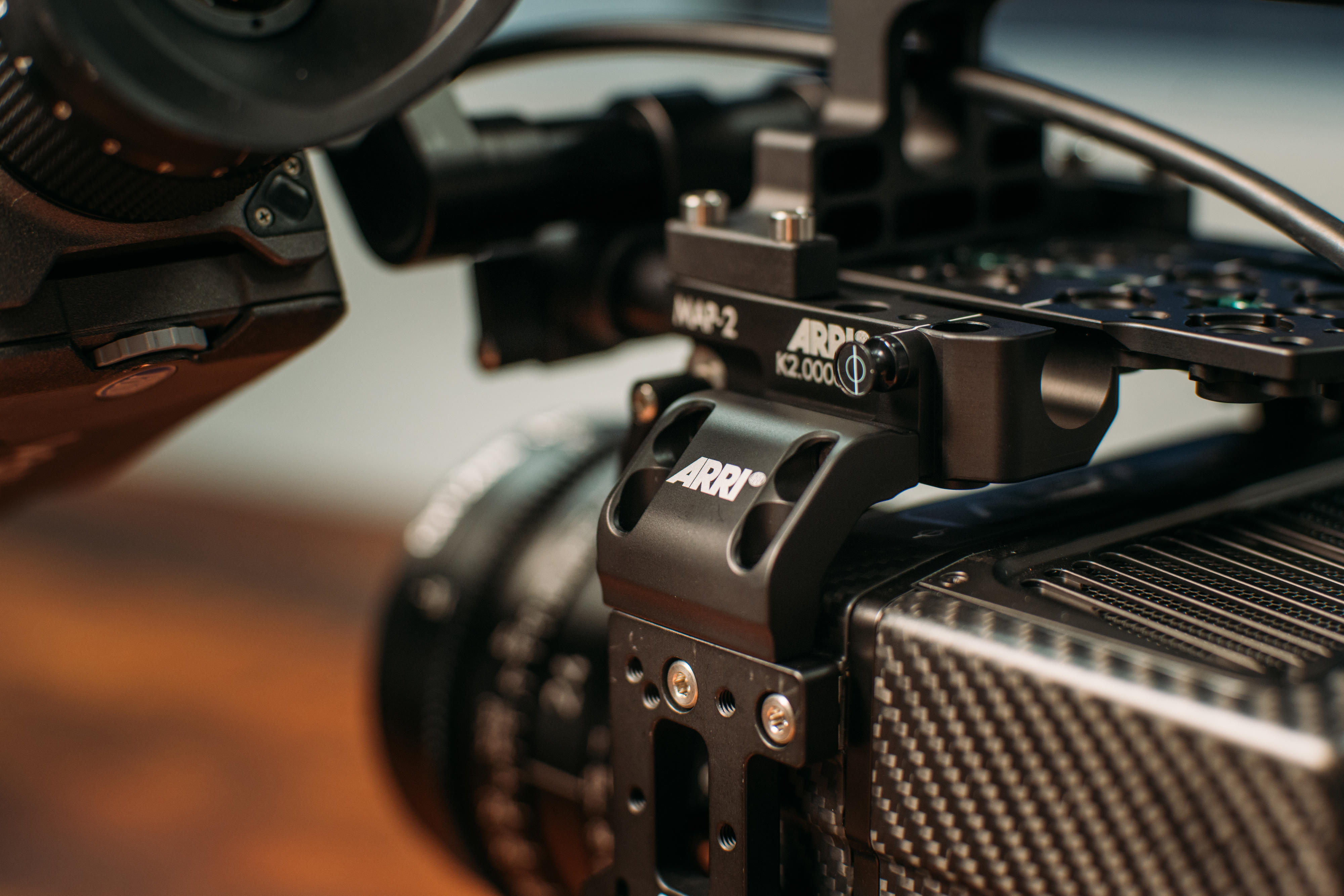

You don’t have time to QC, you send the drive to post, you format the card for re-use and now that error is forever embedded in the footage and you’ve formatted the card, you’re essentially SOL. You copy CARD01 to SHUTTLE01 and have an error somewhere along the way, then you pull the card as once it’s done copying to SHUTTLE01 the cascading copy starts from SHUTTLE01 to SHUTTLE02 but now you’re copying that error onto SHUTTLE02. Now let’s put that same scenario into cascading copy. You can then just redo the copy to SHUTTLE01 and be set. Say you copy CARD01 to SHUTTLE01 and have an error somewhere along the line in the copy for whatever reason, and but you also copy from CARD01 to SHUTTLE02 and everything is fine (which BTW you should ALWAYS QC (quality control) your copies to make sure everything is good). Not only is it faster to copy to 2 sources at once but it also protects you in the long run. I am always an advocate of copying from the source to each destination in every sense of it. I will say right now that I like the idea of cascading copy but I DO NOT recommend using it, EVER.

It’s fast and still allows you to ingest the media without having to wait longer for the checksum (you can also just import the media into Silverstack without actually using it to do the copy if you want, such as if you’re just sending cards to a post house for offloading and backing up, but if you’re doing the downloading I would avoid using finder at all costs since Silverstack now has this option).

That’s when I use file size verification. While I don’t recommend using it very often but sometimes it’s a necessity when you’re shooting a TON of footage (or with ArriRaw) and you have to offload cards quickly and efficiently but you don’t want to use finder to drag and drop because you want the organization and ability to generate reports and what not via Silverstack. I really like that they implemented File Size verification. Seems like XXHash is slightly faster with version 4 but still, over time it would be a good benefit to have IMO. Here’s a test with the same card using XXHash, MD5, File size verification, and Cascading Copy with XXHash (more on this later) in that order. It’s pretty significant in the differences (almost half from the previous version of Silverstack).
Alexa mini ingest issue silverstack pro#
Here’s a few examples between MD5 and XXhash from a Echo Express Pro to a USB3 shuttle drive and a 4TB Enterprise drive via OWC SAS RAID connected via Thunderbolt to a Magma 1T MD5 offload times (v3) I really like the performance speed of XXHash, it’s extremely fast in comparison to a MD5 checksum (and honestly I have only had 1 network specifically request MD5 and I was able to convince them to accept XXHash instead as it’s the same algorithm more or less). The project name and the ability to switch between projects are now displayed at the top:Īnd there’s now a section at the bottom right part of the screen which tells you of all your jobs are okay or not, in a very clear and easy color coded section: I really like how there’s a progress bar at the bottom, which keeps it nice and clean Personally I never use the volumes tab in the old version so I like that the left side is just the folder structure in which I can clearly see how everything is laid out. I really like having the jobs be in an easy to reach yet not totally distracting on the main layout. I really like how it’s all laid out, not very cluttered at all. It feels very iOS-like and it’s super easy to navigate, although some things took me a bit of time to figure out. I really like this new clean interface with v4. I’ve been beta testing the new version of Silverstack for a few months now and I definitely have some thoughts about it, both good and bad.
Alexa mini ingest issue silverstack full version#
Now that the full version of version 4 is out I figured I would write something about my time with the beta.


 0 kommentar(er)
0 kommentar(er)
